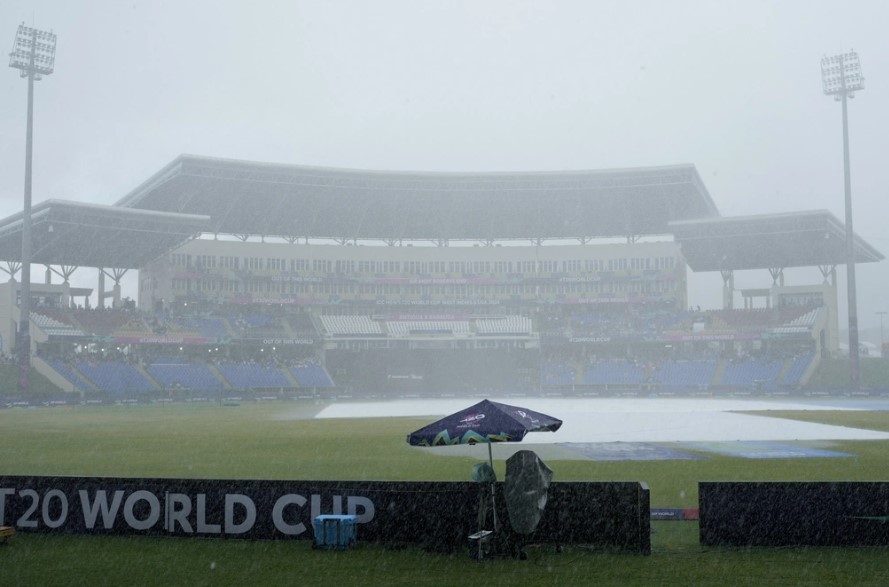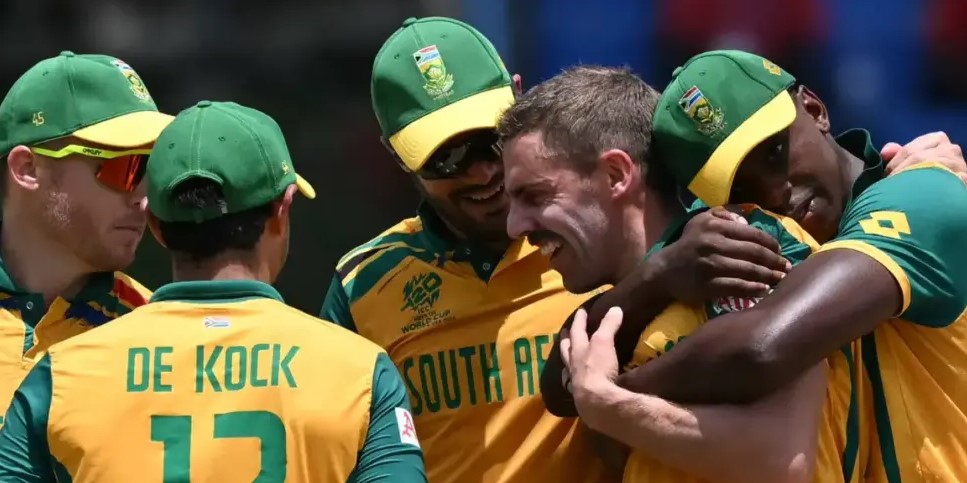After 32 years of anguish, South Africa has finally secured a place in a men’s World Cup final, overcoming a rain-affected semi-final loss to England in 1992 that still lingers in cricket history.
That infamous match, where heavy showers and an ill-fated rain rule left South Africa needing 21 runs from a single delivery, is a stark reminder of how weather can alter the course of cricket.
Now, as South Africa prepares to face India in the 2024 T20 World Cup final at Kensington Oval, Barbados, weather predictions suggest that rain could once again play a role.

However, thanks to the Duckworth-Lewis-Stern (DLS) method, the potential impact of rain on the outcome is expected to be much fairer than in 1992.
The DLS method, named after English statisticians Frank Duckworth, Tony Lewis, and Australian custodian Steve Stern, is a refined system that adjusts targets in rain-affected matches.
It’s not without its complexities, but it aims to provide a more equitable result. The method was born out of the 1992 debacle, which Duckworth himself described as “a fair result in foul weather.”
As South Africa and India gear up for the final, the DLS method stands ready to ensure that the game’s outcome is determined more by skill than by the unpredictability of the weather.
For South Africa, this final is not just about winning a trophy; it’s about exorcising the ghosts of past injustices and finally claiming their place at the pinnacle of world cricket, come rain or shine.

